Dundee’s demure dance halls were transformed overnight when The Twist arrived in 1961 and changed the way people moved.
There was an average of 2,000 dancers a night in Dundee’s 24 licensed dance halls in the 1940s, before the 1950s jived and the 1960s twisted.
The Twist made a million dollars for Chubby Checker and the up-tempo 12-bar blues gave many Dundonians a new lease of life on the dance floor.
Remember the opening lines?
“Come on, baby, let’s do the twist. Let’s twist again like we did last summer, let’s twist again like we did last year…”
With this dance there was no wild leaping or circus contortions and for the first time dancing partners lost all physical contact with each other.
Two things happened in Dundee because of this dance.
Competitions were revived in a big way, similar to the events of the 1930s, and for the first time Dundee produced a world dance marathon champion.
Dundee became nationally famous for the number of twist experts who appeared in contests, including Fritz Wilson, Derek Kidd and Lindsay Bogan.
It started as a novelty in March 1962, during a competition sponsored by the JM Ballroom, North Tay Street, to determine who could twist the longest.
A 6pm start was arranged for the Sunday night.
Organisers thought it might last 36 to 40 hours.
But Tuesday night came, then Wednesday, then Thursday.
The marathon attracted fantastic crowds. During its four-day run, 20,000 people paid a shilling each and packed into the hall at all hours of the day to watch the 40 or so entrants shuffle round in only a semblance of twist movements.
People stayed off work for the competition.
Some lost their jobs.
There was a run on embrocation and talc as first-aid attendants treated the blistered feet of flagging dancers.
Bobby became Dundee’s darling
Eventually a 19-year-old from Pitlochry was the only remaining competitor.
His name was Bobby Cannon and during his Scottish record-breaking feat of 94 hours 50 minutes twisting, he became Dundee’s darling.
Bobby worked in a hotel and thought he might last a day before giving up.
On Tuesday he was supposed to be going to Blair Atholl to see his fiancée and was ready to leave before being persuaded to stay on and keep gyrating his hips.
The result was that Bob’s fiancée, Libby Scrimgeour, received a telegram that Tuesday, telling her to phone a Dundee number at 2.05pm prompt.
That was the first she heard about the whole thing.
Bobby was still going strong when a policeman arrived at Libby’s house on Wednesday, telling her to go to Dundee so she packed her bags and caught a train.
“I was exhausted just watching him,” she said.
Bobby had been on his own on the dance floor since 2pm on Thursday when Henry Marlborough of Newburgh dropped out with a time of 91 hours and 56 minutes.
Half-an-hour earlier Dundee housewife Cathie Connelly had given up and finished third with 91 hours 21 minutes to her credit.
Bobby was hardly able to raise a shuffle for the final two hours.
Singing-twister Frank McKenna even went to the microphone and sang to urge Bobby on but it was no good and he collapsed from lack of sleep at 4.50pm.
Dr John Adam examined Bobby and found that he was suffering from sheer exhaustion and advised he should have two hours’ sleep at once and then be taken home.
During his marathon twist, Bobby danced his way through eight pairs of socks and for the last three days he was twisting with a large blister on his foot.
Full English breakfast to recharge
Bobby slept until 11pm and sat in the ballroom foyer huddled in a pile of travelling rugs with stiff legs and a wheezy chest from dancing non-stop in a smoky hall.
“I can’t remember anything about the last four hours’ twisting, at all,” he said.
“I don’t even remember giving up. I still feel a bit dizzy yet but I enjoyed it very much except for the last part. You just go completely crazy.
“You don’t know what you’re doing or what you’re saying.
“But I’d do it again.”
Bobby enjoyed a full English breakfast the following morning!
The Twist was, and still is, a routine that exerted a hypnotic effect and encouraged people to lose their inhibitions to the beat of the music and just have a ball.
Bob Inglis was a sheriff sitting in Dundee at the time the twist marathon was staged and was invited to present the prizes by JM owner Murdoch Wallace.
He astonished the 500 dancers present by giving a superb solo performance of the routine, one minute rotating on bended knees, the next jumping aloft waving a tambourine above his head and “toeing'” it in time with the music.
It was possibly the first time in Scottish legal history that a member of the bench had cast aside his wig and gown in such a public fashion.
It was, however, no secret at the time that His Honour’s performance was frowned upon in high judicial circles!
Triumph and tragedy
After Bobby’s success when he collected £101 in prize money, he formed a dance team known as the Fireballs, which toured the country.
Cathie Connelly out-twisted all but Cannon and Marlborough in the competition but took the world title in Lancashire in 1964 when she established 102 hours of twisting.
She twisted her way into the Guinness Book of Records.
Dancing was very important to Cathie, who used to drink raw eggs to keep strong!
Her success came as a surprise to many but she loved dancing and Cathie still held the record as World Twist Marathon Champion until her death in 2017.
Twisting remained popular after 1963, although the interest in marathons faded.
As well as being a talented dancer, Bobby was also training to become a chef until a car accident in Gloucestershire left him with epilepsy when he was 31.
Bobby lived in Perth until the early 1980s, when he moved to Glasgow.
He died at the age of 68, in 2010, when tributes were paid and Bobby was described as the twisting Travolta of the 1960s.
It was a fitting epitaph for the dashing Pitlochry lad who once twisted himself dizzy for almost 95 hours.
More like this:
Dancing days: Remembering the magic of the old Palais in Dundee
A dance to the music of time: The rise and fall of Dundee’s ballrooms
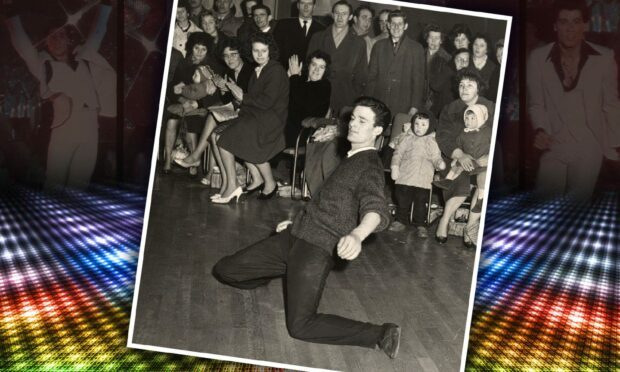
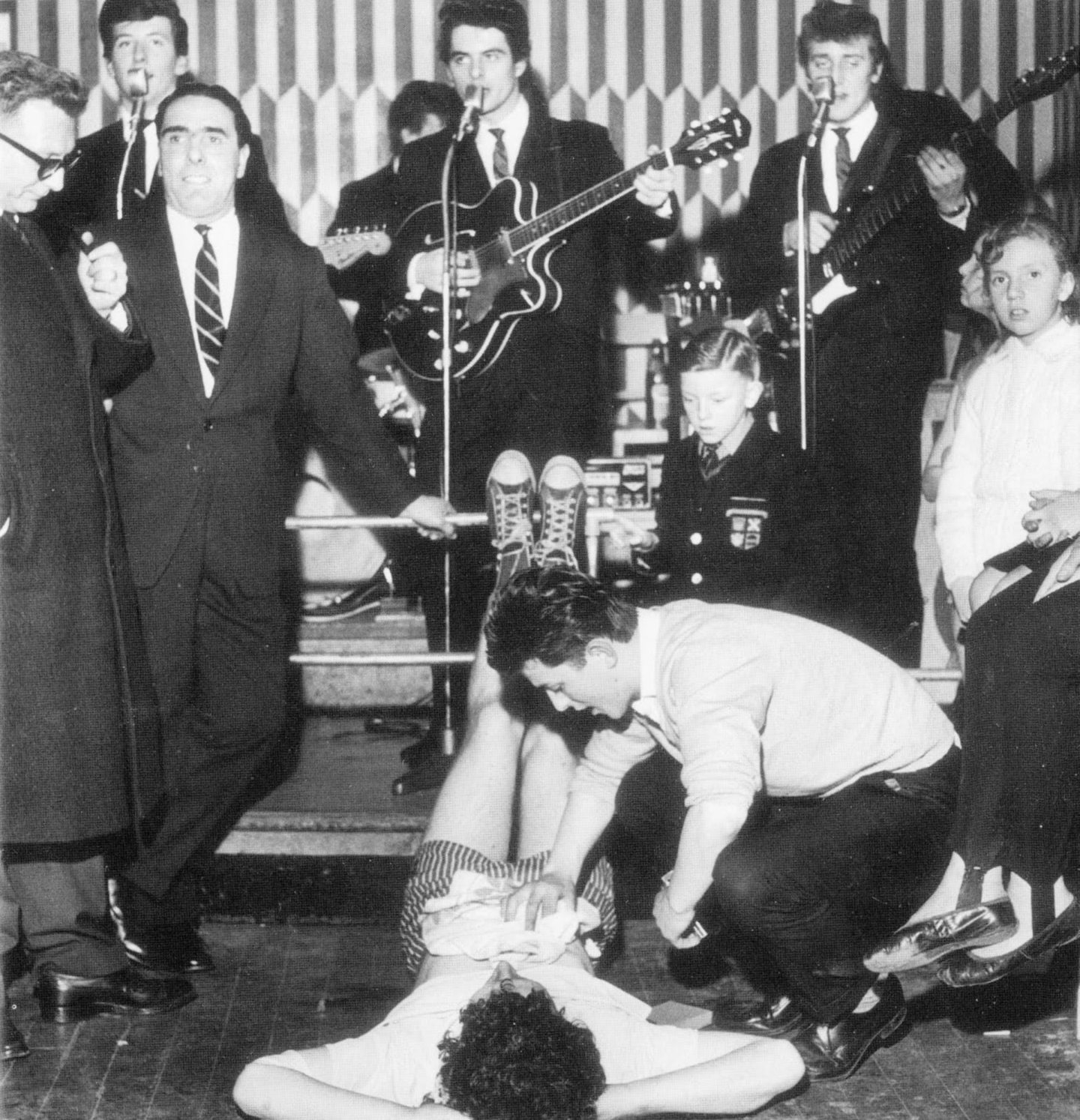
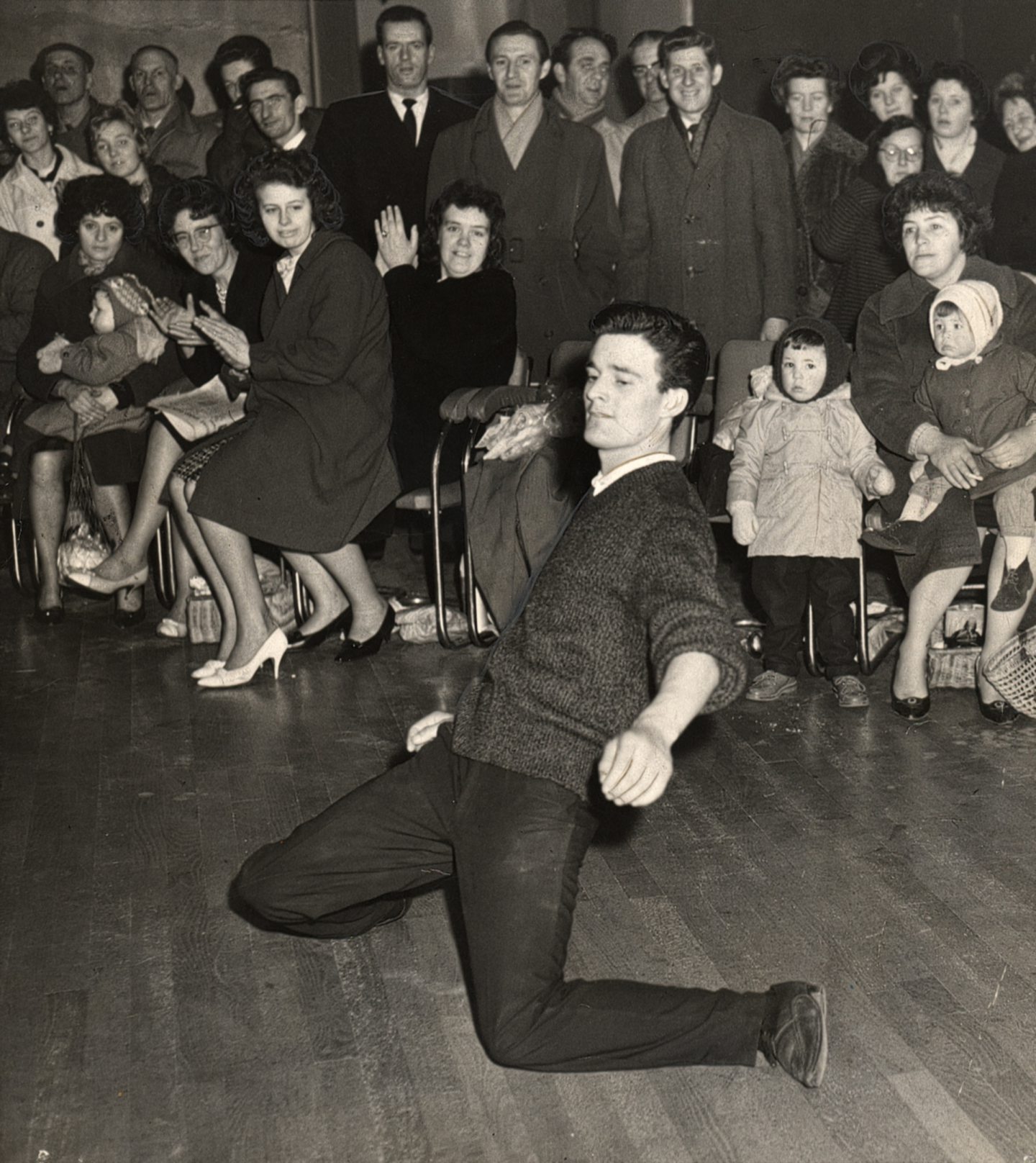
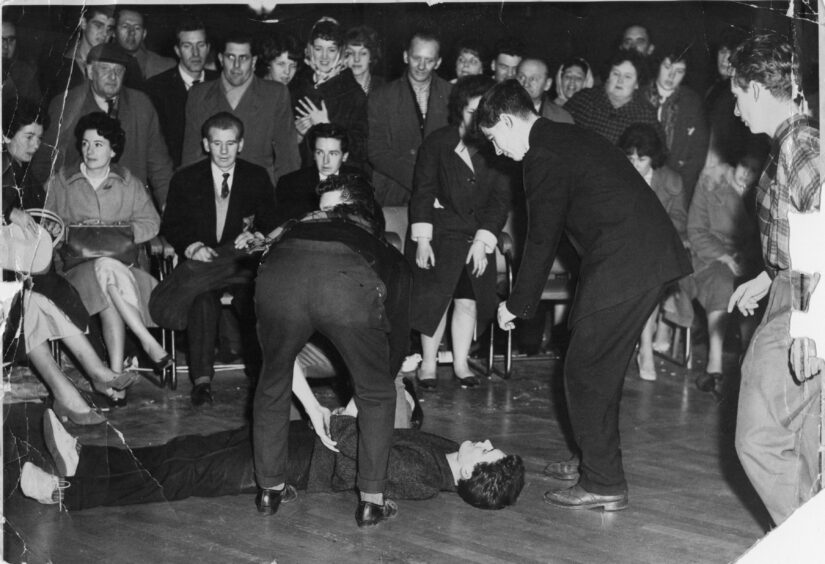
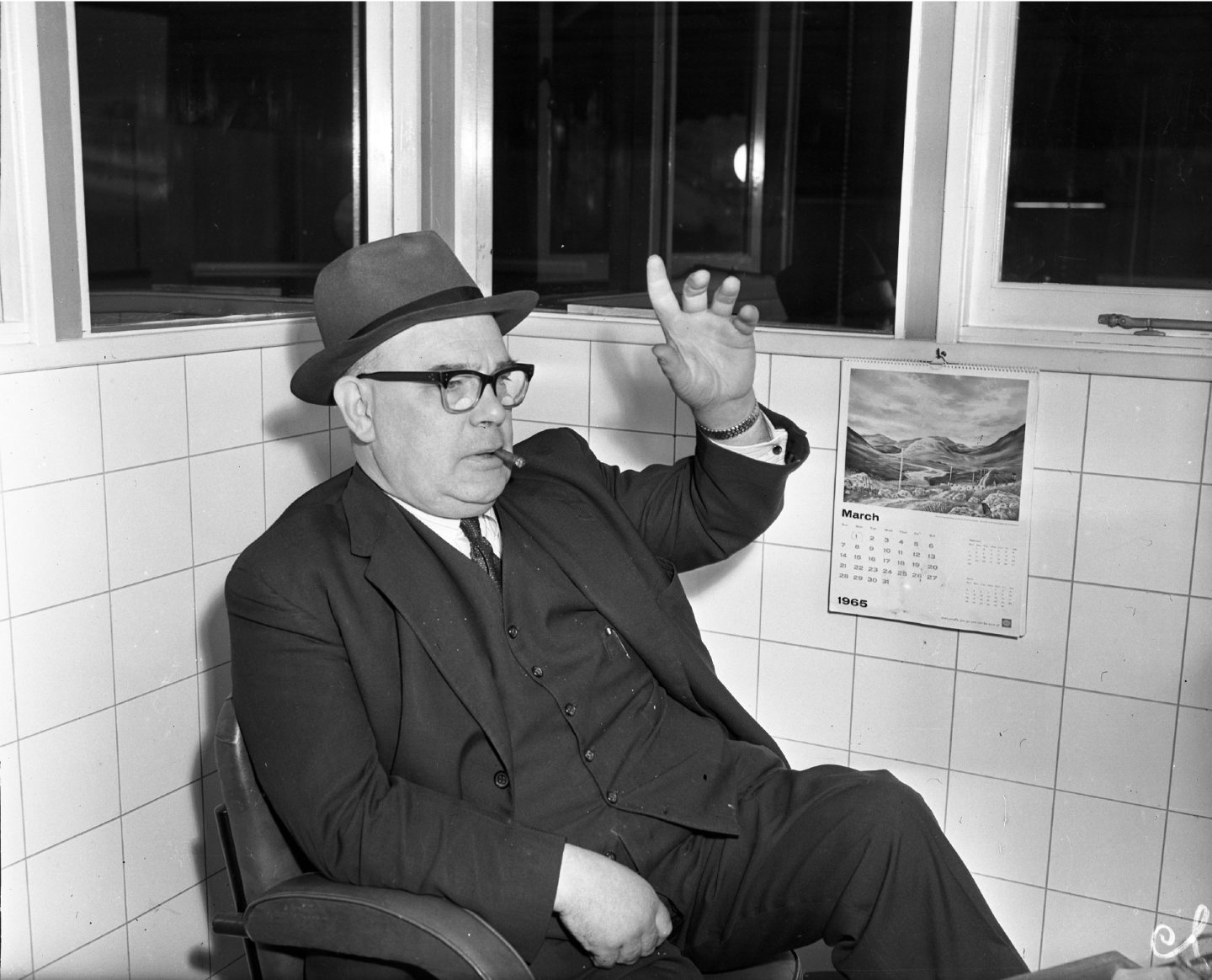
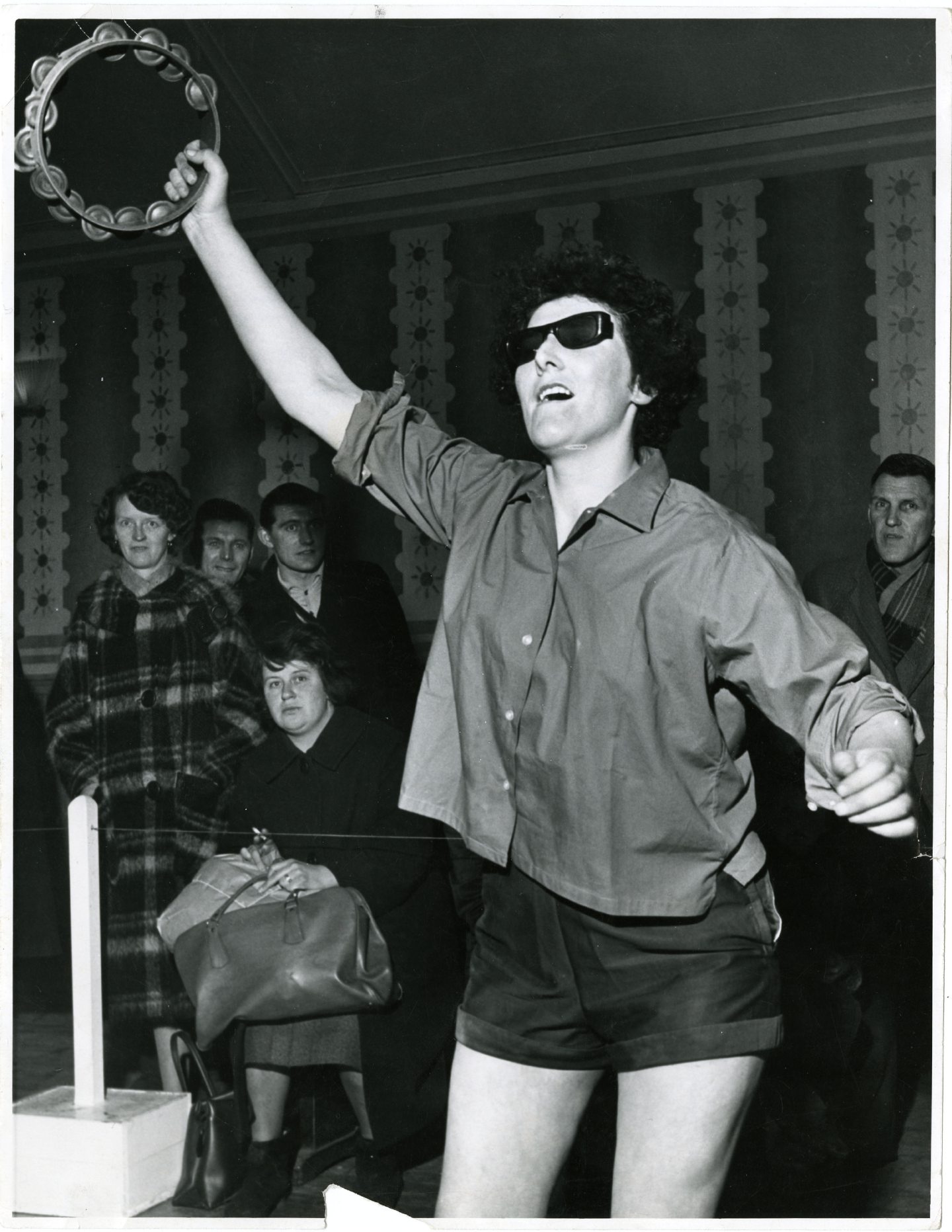










Conversation